
It allows to keep PV going, with more focus towards AI, but keeping be one of the few truly independent places.
-
Two obsevations:
The 672C is advertized as a 45W panel with continuous color temp change between 3200 and 5500 deg K. There are intermixed LEDs of warm and cold LEDs (color wise) in the panel, and a knob changes the relative energy between the two types to control the color. BUT you get the 45Watts only at about 4500 K - when both types are fully on. Going either way - to the colder or to the warmer end - will diminish the output of one type, and near the extremes you will get just about half of the overall light intensity. So if you want light output commensurate with 45W at 5500 K, the 672C will not give it to you - only the 672W (or the 672S)
The thermal design is OK, but keep in mind that due to the specific passive cooling design the panel must be positioned at close to vertical (upright) position as possible to benefit from the natural convection through the opening slots in the plastic body. I tested the 672C lying horizontally on a table (LEDs facing up toward the ceiling) in a room at ambient 23-24 deg C, and after 25 minutes of continuous full power the thermal cutoff got engaged, cycling 1/8 of the LEDS on one side on and off on a 20 seconds cycle. Rotating the panel to vertical stopped the power cycling.
-
Special softbox
-
I only have one problem with these lights. If I leave the batteries attached to the body they get completely discharged after one day. That happens even if the switch is set to off (0). Did anyone have the same issue?
-
Buy some gaffers tape and put it on contacts of battery :-)
-
I have used these lights quite a bit over the past year and half. I can confirm the two major issues with these lights - that they have thermal issues - usually when horizontal (think hair light) or with softbox when vertical, and that the batteries will discharge on the light when not plugged in when in the off position. I talked to Ted (the US rep) for the company a few months back at Photo+ and he acknowledged the overheating issue. He suggested removing the slide in diffusion panel to help with cooling. If I remove this, I can successfully use the lights on full power for hours without heating issues, even with the softboxes. So it's been a rather minor issue for me, and I just only use the slide in diffusion if the lights are not at full power or being used for a long duration. The battery discharging issue hasn't really been an issue for me, as the fact that you can charge the batteries in the light with included AC power supply is a huge plus for me. The price, compact size, and quality of light are really hard to beat in this range. Yes, they could be built out of metal, have a yoke, yadda yadda... but being able to get 3 of these in a case, with batteries, power supplies, reversible studs and umbrella adapters (basically a hinge for the light) plus 2 remotes for around $700 is a pretty sweet. I am able to fit 2 smaller LEDs (312 and 190) in the case as well, making for an uber portable battery/AC 5 point light kit. Mix in some Kupo or Mathews inverted compact light stands and you're good to go under $1000.
-
Aputure HR672c (tungsten setting), NAB 2017 measurement using CV600, Russian Lab processing
We cover spectrum, color temperature, and all modern color quality standards, including latest 2016 and 2017 years ones.
Never select light based on just CRI number.
Focus on TM30 and CIE 244 and look for color distortion and Rf values.
HR672c is good light with light quality suitable for videos.
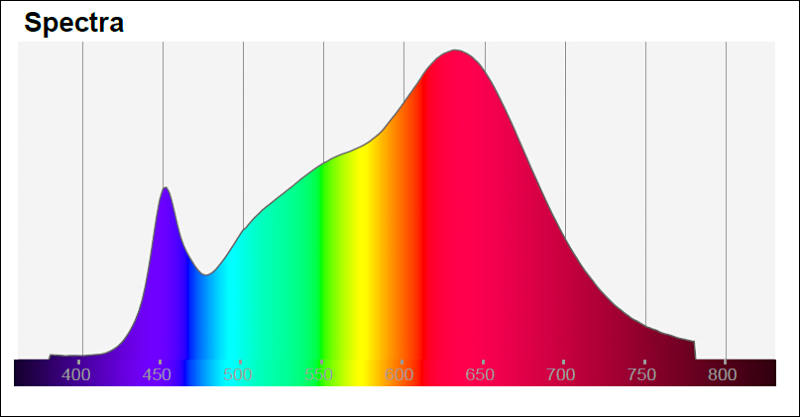
Color temperature
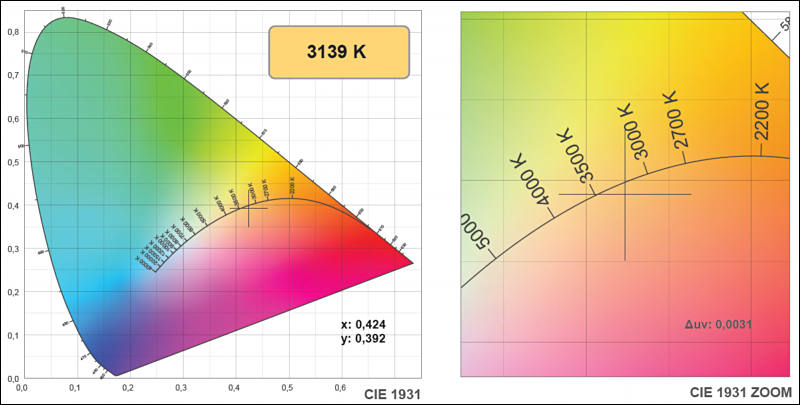
CRI color quality
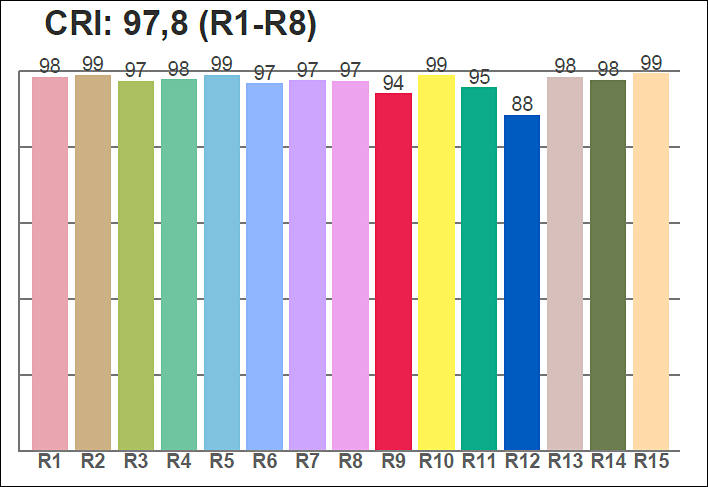
CQS color quality
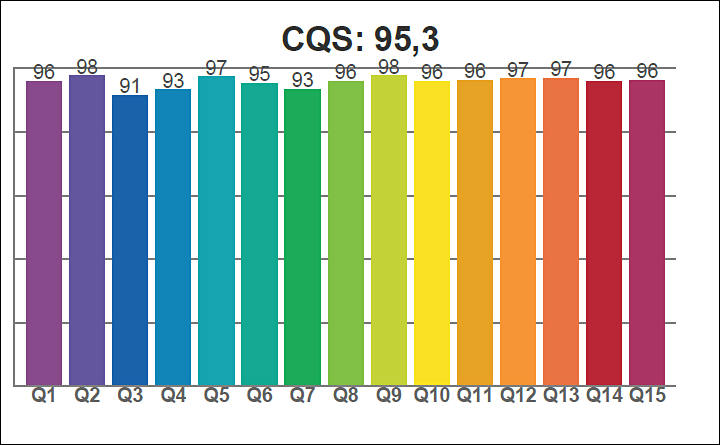
TLCI 2012
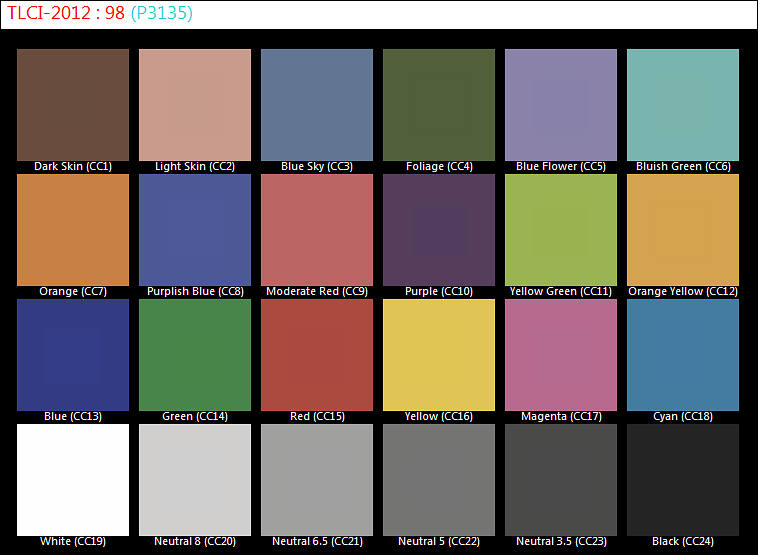
TM30 color quality
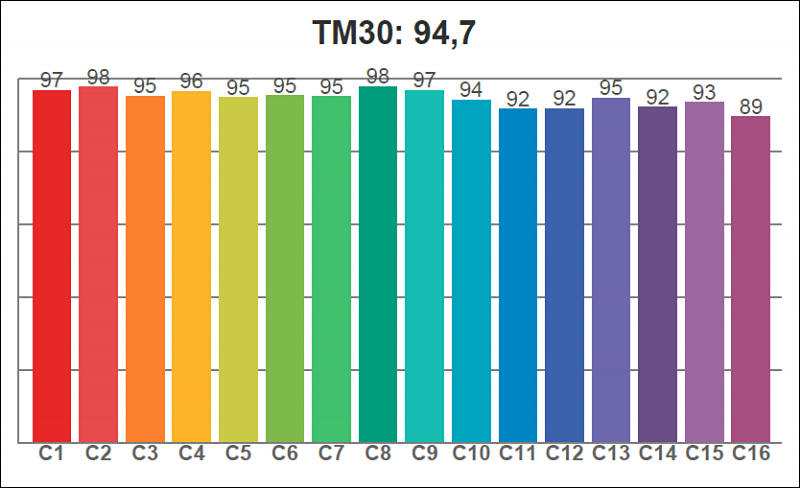
TM30 details
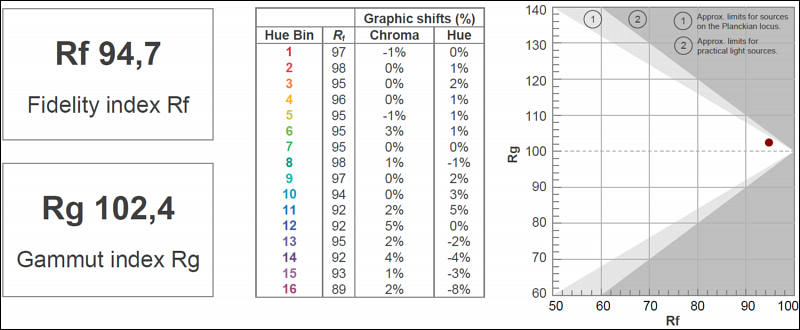
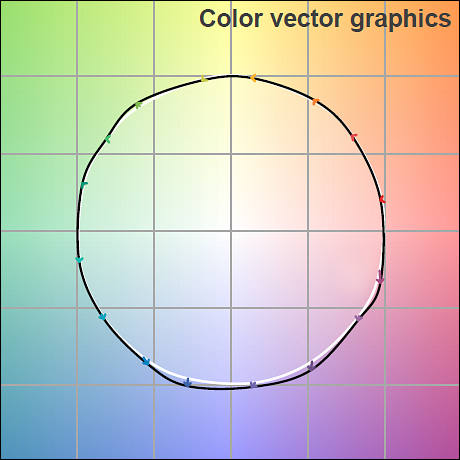
All TM30 color samples Rf values

CIE 244 2017
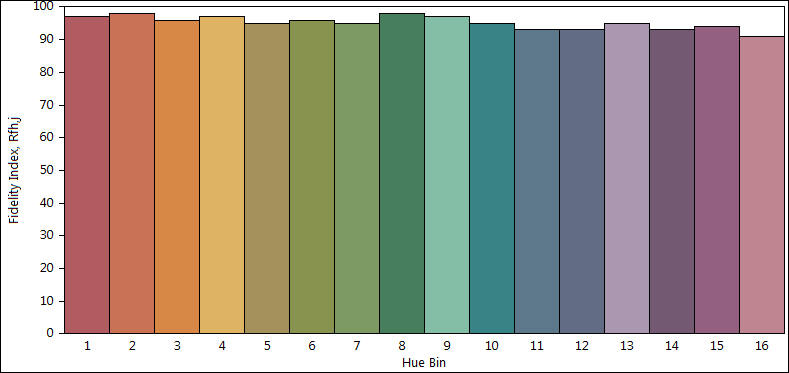
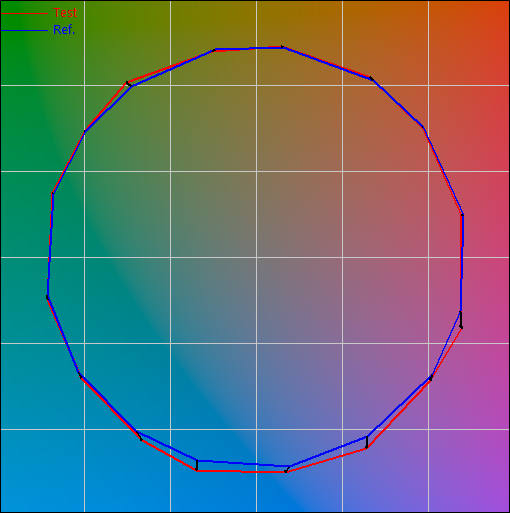

 sample1081.jpg800 x 417 - 31K
sample1081.jpg800 x 417 - 31K
 sample1082.jpg800 x 405 - 50K
sample1082.jpg800 x 405 - 50K
 sample1083.jpg708 x 487 - 60K
sample1083.jpg708 x 487 - 60K
 sample1084.jpg720 x 445 - 57K
sample1084.jpg720 x 445 - 57K
 sample1085.jpg800 x 488 - 64K
sample1085.jpg800 x 488 - 64K
 sample1086.jpg800 x 330 - 45K
sample1086.jpg800 x 330 - 45K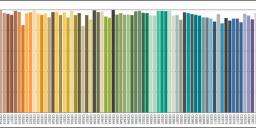
 sample1087.jpg800 x 254 - 65K
sample1087.jpg800 x 254 - 65K
 sample1088.jpg460 x 460 - 31K
sample1088.jpg460 x 460 - 31K
 sample1090.jpg758 x 555 - 63K
sample1090.jpg758 x 555 - 63K
 sample1091.jpg789 x 373 - 36K
sample1091.jpg789 x 373 - 36K
 sample1092.jpg510 x 513 - 40K
sample1092.jpg510 x 513 - 40K -
How does HR672S mix with TRI-8S and LS 1S? Willl I get tint issues, so the other light looks purplish and other greenish?
-
Open topics of this lights and compare color vector graphics chart.
Color can be different but very slightly as all lights are good. -
Thanks. It seems that TRI-8S and LS 1S are practically identical. HR672S is little different but looks very similar. I don't know from the chart that would I see the difference of HR672S and other two in practice.
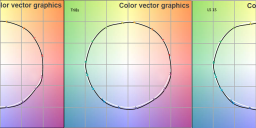
 comparison.png1380 x 460 - 424K
comparison.png1380 x 460 - 424K -
Difference always present, but it is very small for such good lights.
You also need to compare temperature, forgot to tell this. As vector distortion is measured from colors visible under nearest black body light (or daylight, but it is just added atmosphere to black body) -
Ah and I took the chart from HR672c, not S. Have you tested HR672S?
-
No, not yet.
-
@kob wrote
"The 672C is advertized as a 45W panel with continuous color temp change between 3200 and 5500 deg K. There are intermixed LEDs of warm and cold LEDs (color wise) in the panel, and a knob changes the relative energy between the two types to control the color. BUT you get the 45Watts only at about 4500 K - when both types are fully on. Going either way - to the colder or to the warmer end - will diminish the output of one type, and near the extremes you will get just about half of the overall light intensity. So if you want light output commensurate with 45W at 5500 K, the 672C will not give it to you - only the 672W (or the 672S)"
Are you sure about this? The stated lux difference at 1 meter is 2080 lux (W) vs 1920 lux (C) giving a rather small difference.
Its clear that only half the LEDS will be used when usind at the coldest color temp setting, but this seems to be compensated by driving the remaining LEDs harder?
-
"The W (wide beam 5500k version) still produces a decent amount of light, giving us about 2200 LUX at 1m, but the color changing version (3200k to 5500k) is a bit lacking in power at only 1800 LUX at the same distance, and that's only right in the middle between the two colors where it is brightest. When set to daylight it only manages a little over 1100 LUX, only a tiny bit more than the AL-H198 which is about one fifth of the 672C's price."
http://www.nitsan.co.uk/blog/2014/8/30/aputure-528-leds-95cri-version-first-look
Howdy, Stranger!
It looks like you're new here. If you want to get involved, click one of these buttons!
Categories
- Topics List23,993
- Blog5,725
- General and News1,354
- Hacks and Patches1,153
- ↳ Top Settings33
- ↳ Beginners256
- ↳ Archives402
- ↳ Hacks News and Development56
- Cameras2,368
- ↳ Panasonic995
- ↳ Canon118
- ↳ Sony156
- ↳ Nikon96
- ↳ Pentax and Samsung70
- ↳ Olympus and Fujifilm102
- ↳ Compacts and Camcorders300
- ↳ Smartphones for video97
- ↳ Pro Video Cameras191
- ↳ BlackMagic and other raw cameras116
- Skill1,960
- ↳ Business and distribution66
- ↳ Preparation, scripts and legal38
- ↳ Art149
- ↳ Import, Convert, Exporting291
- ↳ Editors191
- ↳ Effects and stunts115
- ↳ Color grading197
- ↳ Sound and Music280
- ↳ Lighting96
- ↳ Software and storage tips266
- Gear5,420
- ↳ Filters, Adapters, Matte boxes344
- ↳ Lenses1,582
- ↳ Follow focus and gears93
- ↳ Sound499
- ↳ Lighting gear314
- ↳ Camera movement230
- ↳ Gimbals and copters302
- ↳ Rigs and related stuff273
- ↳ Power solutions83
- ↳ Monitors and viewfinders340
- ↳ Tripods and fluid heads139
- ↳ Storage286
- ↳ Computers and studio gear560
- ↳ VR and 3D248
- Showcase1,859
- Marketplace2,834
- Offtopic1,320





